Archive
2022
KubaParis
Frenetic Youth
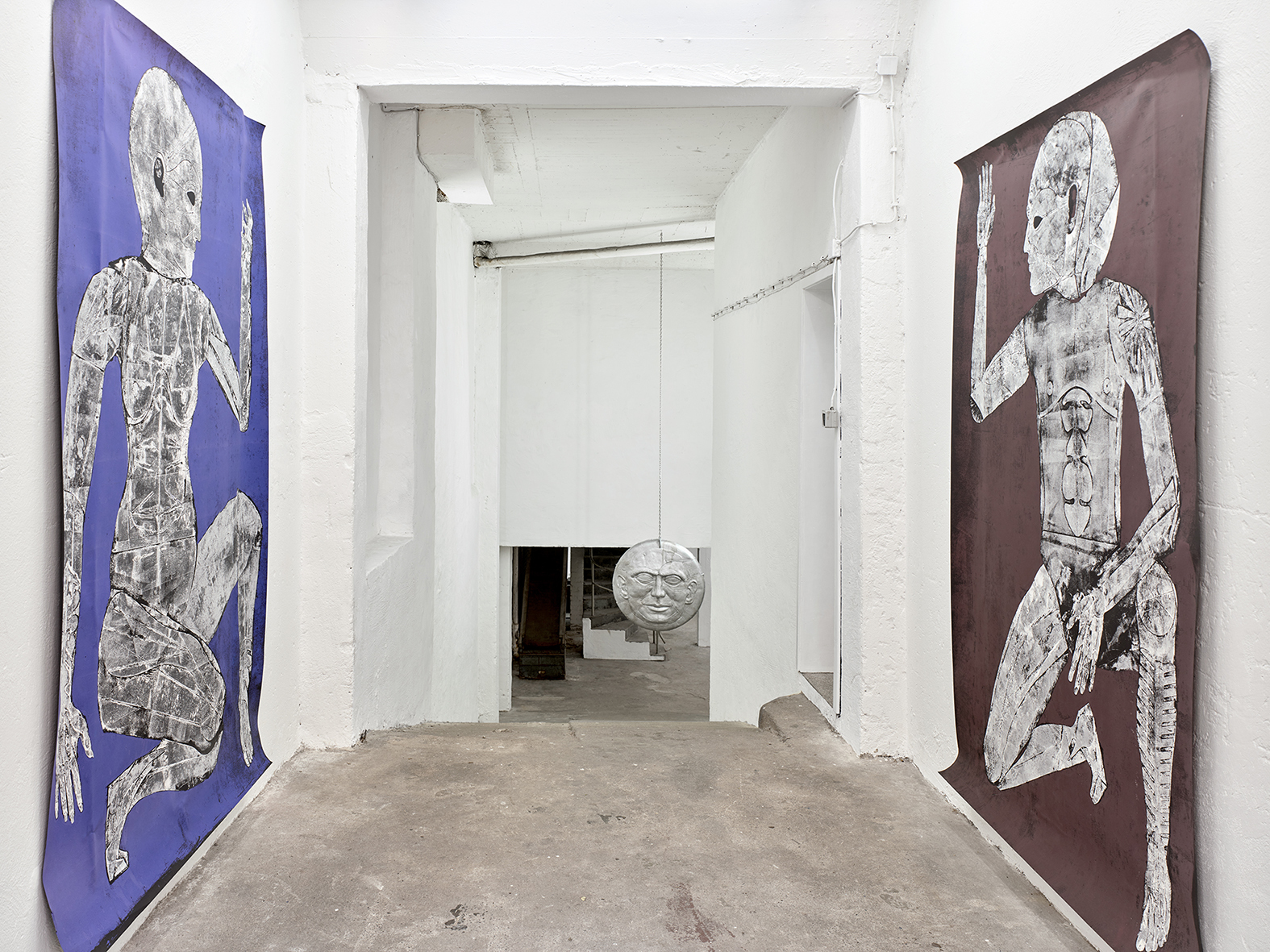
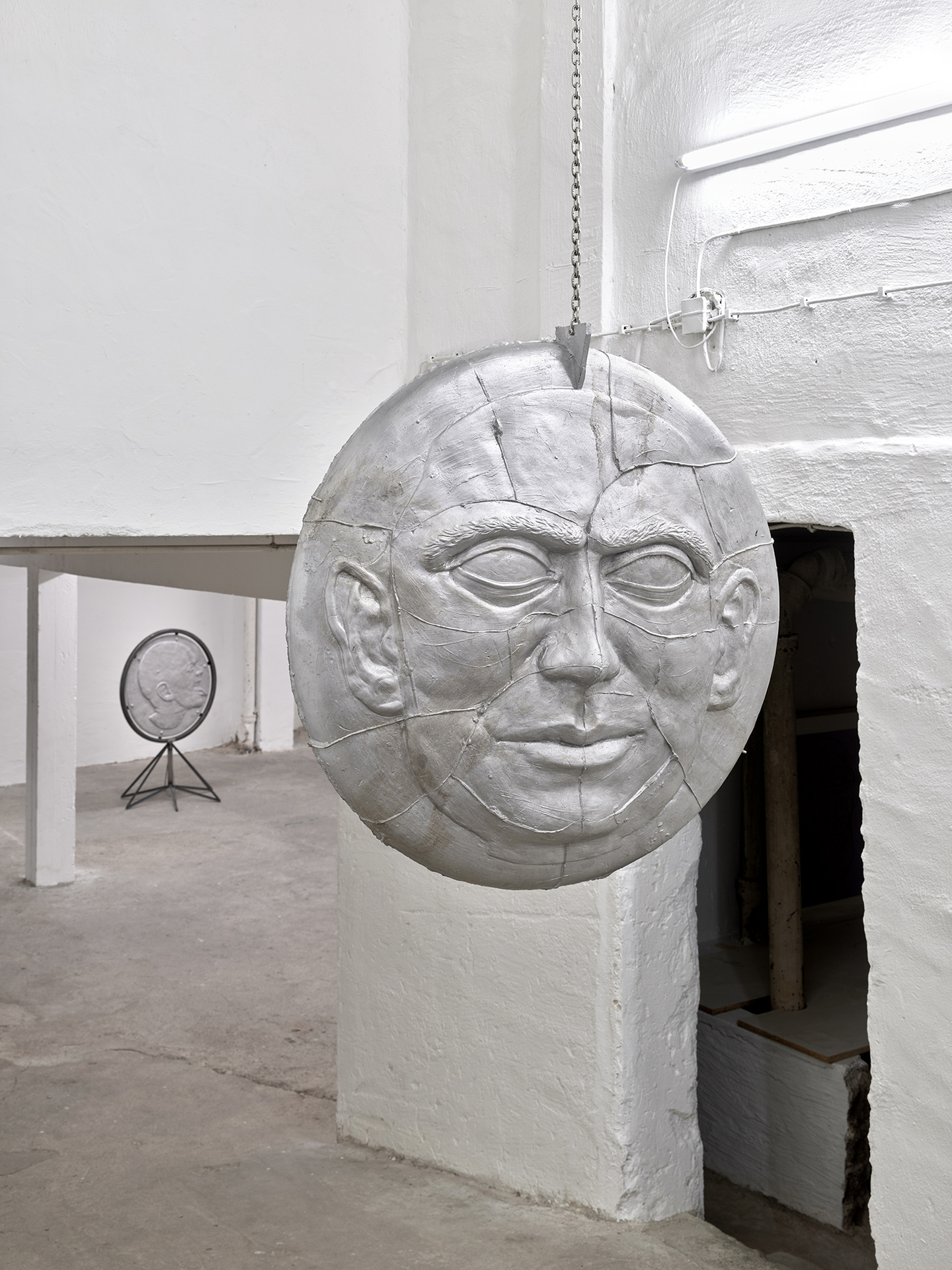
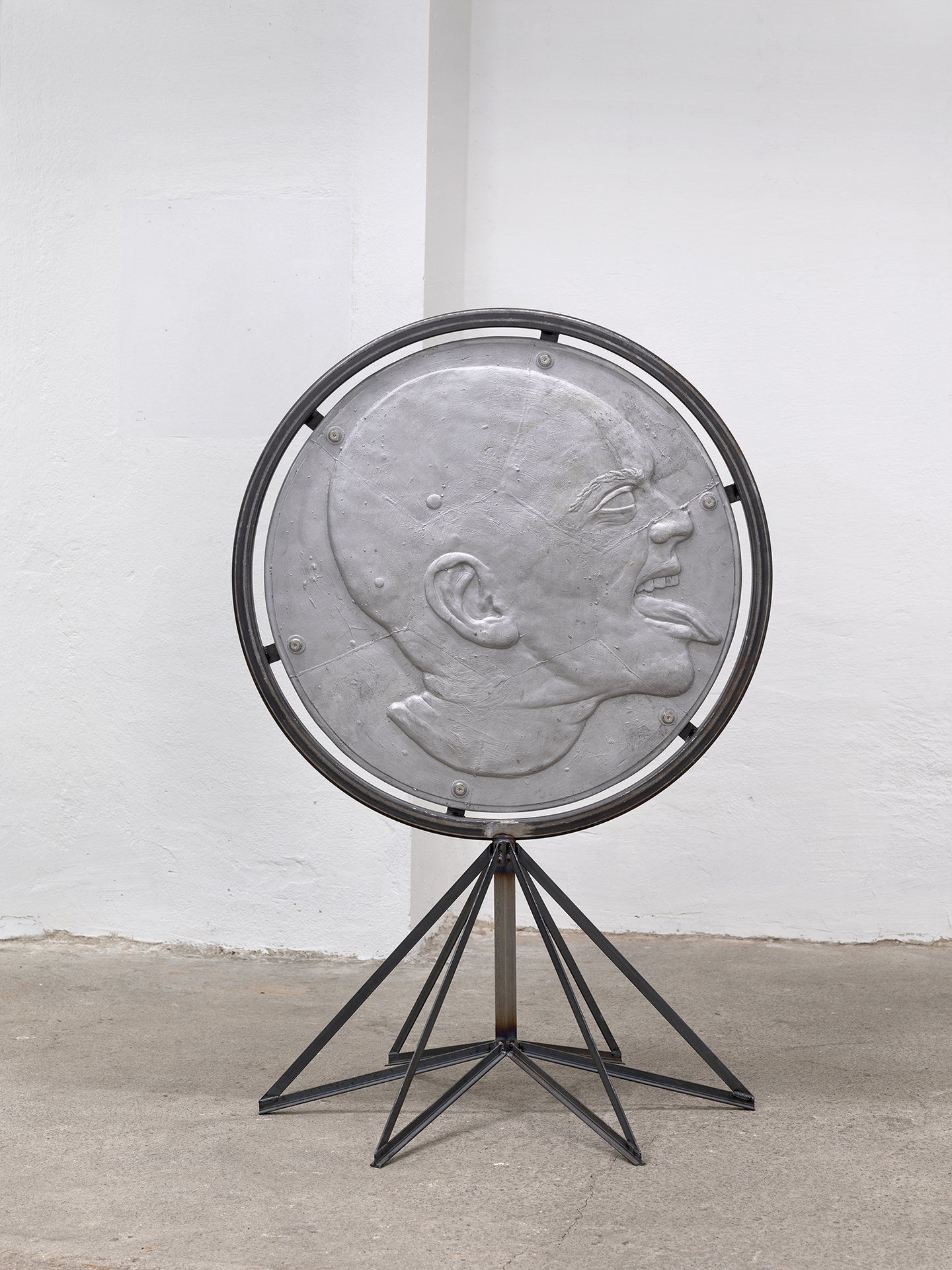
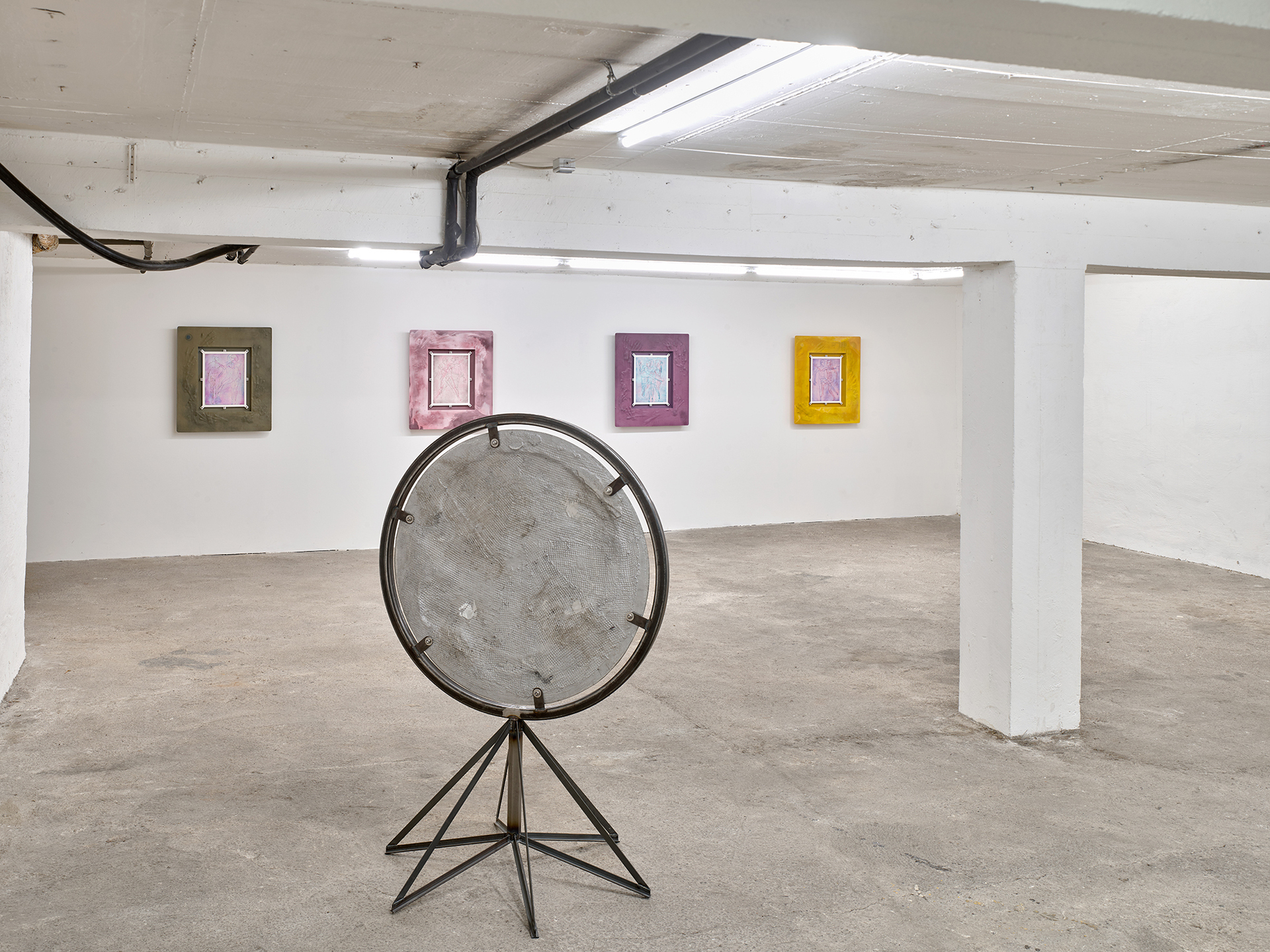
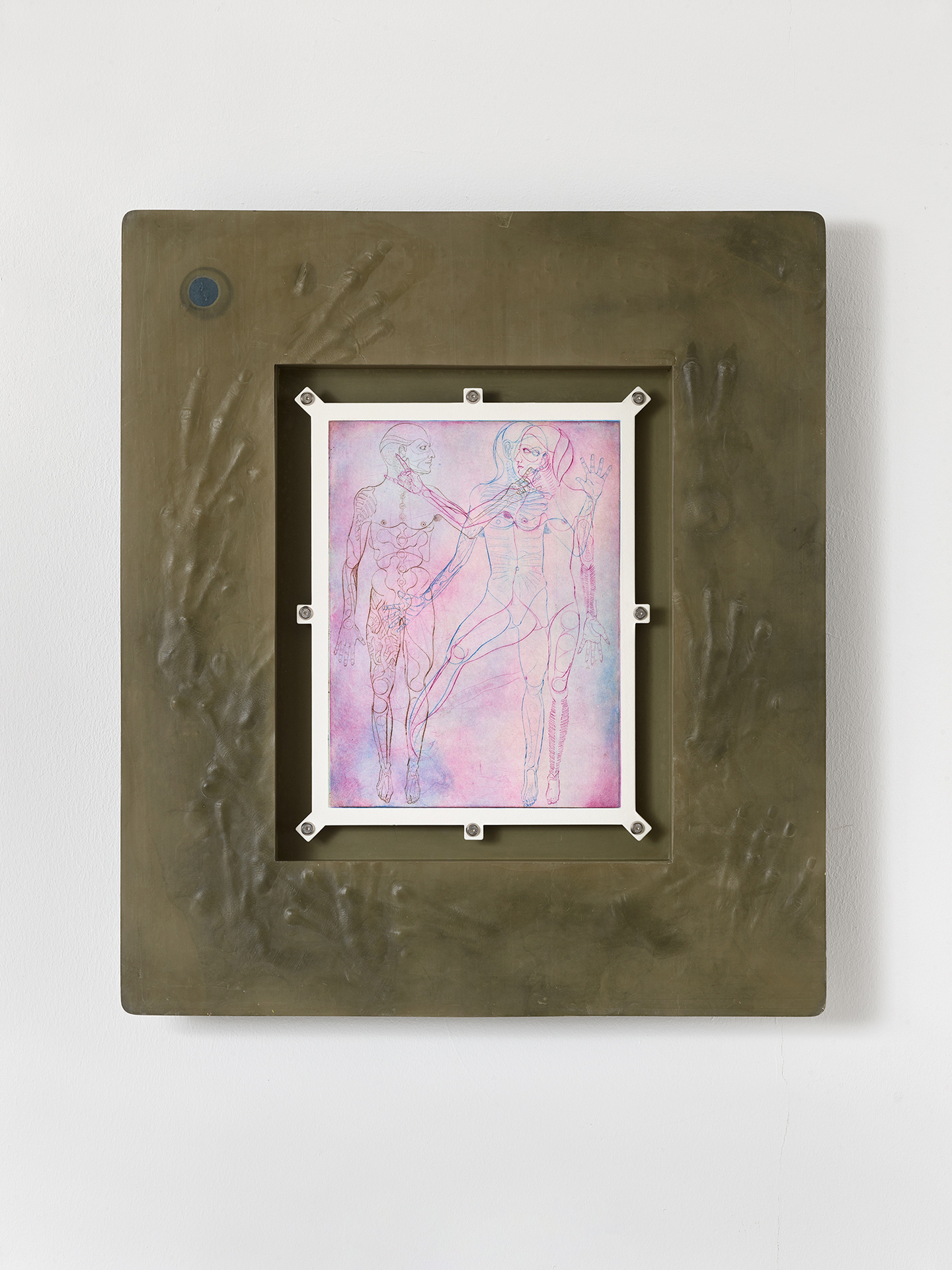


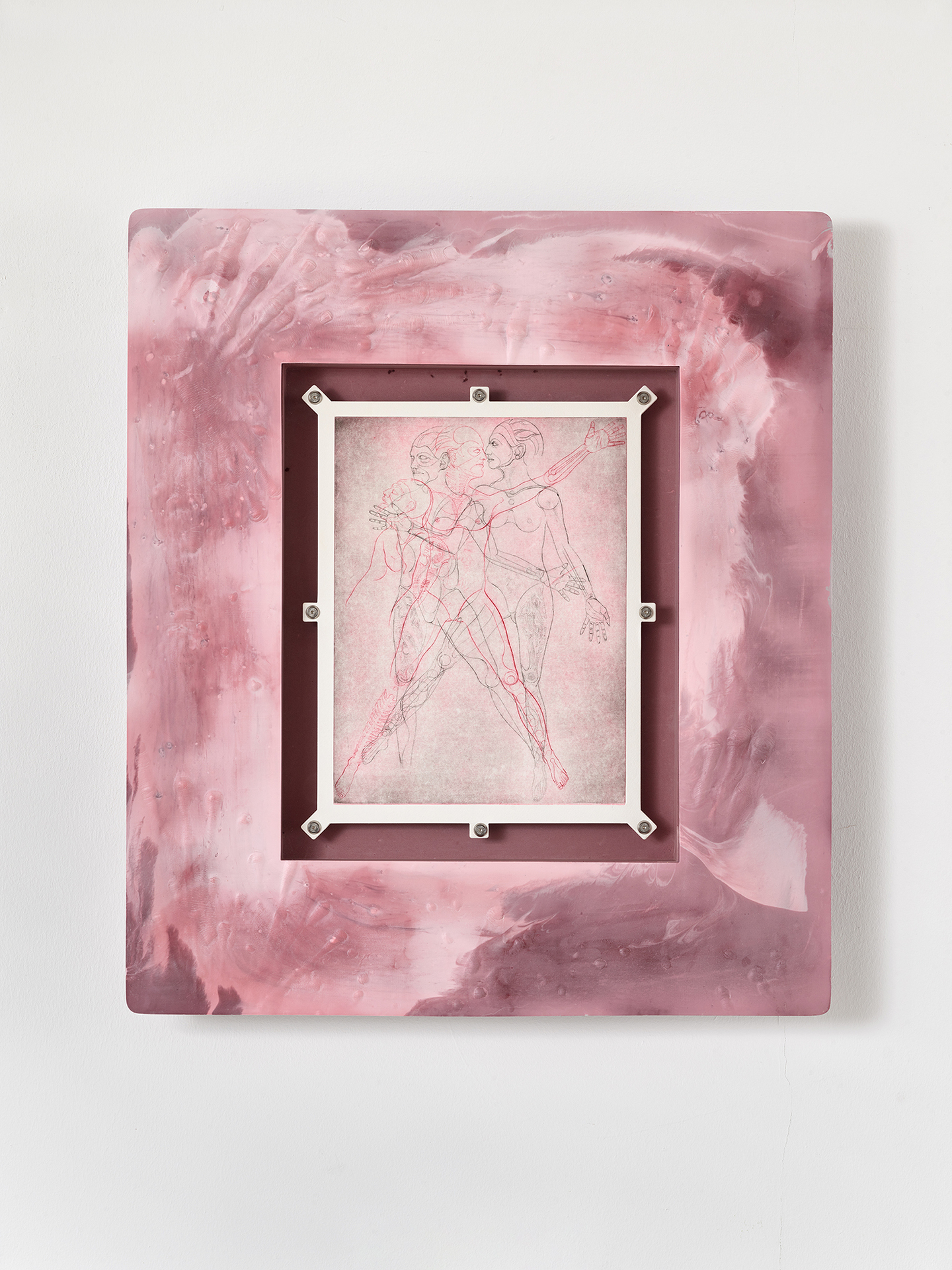
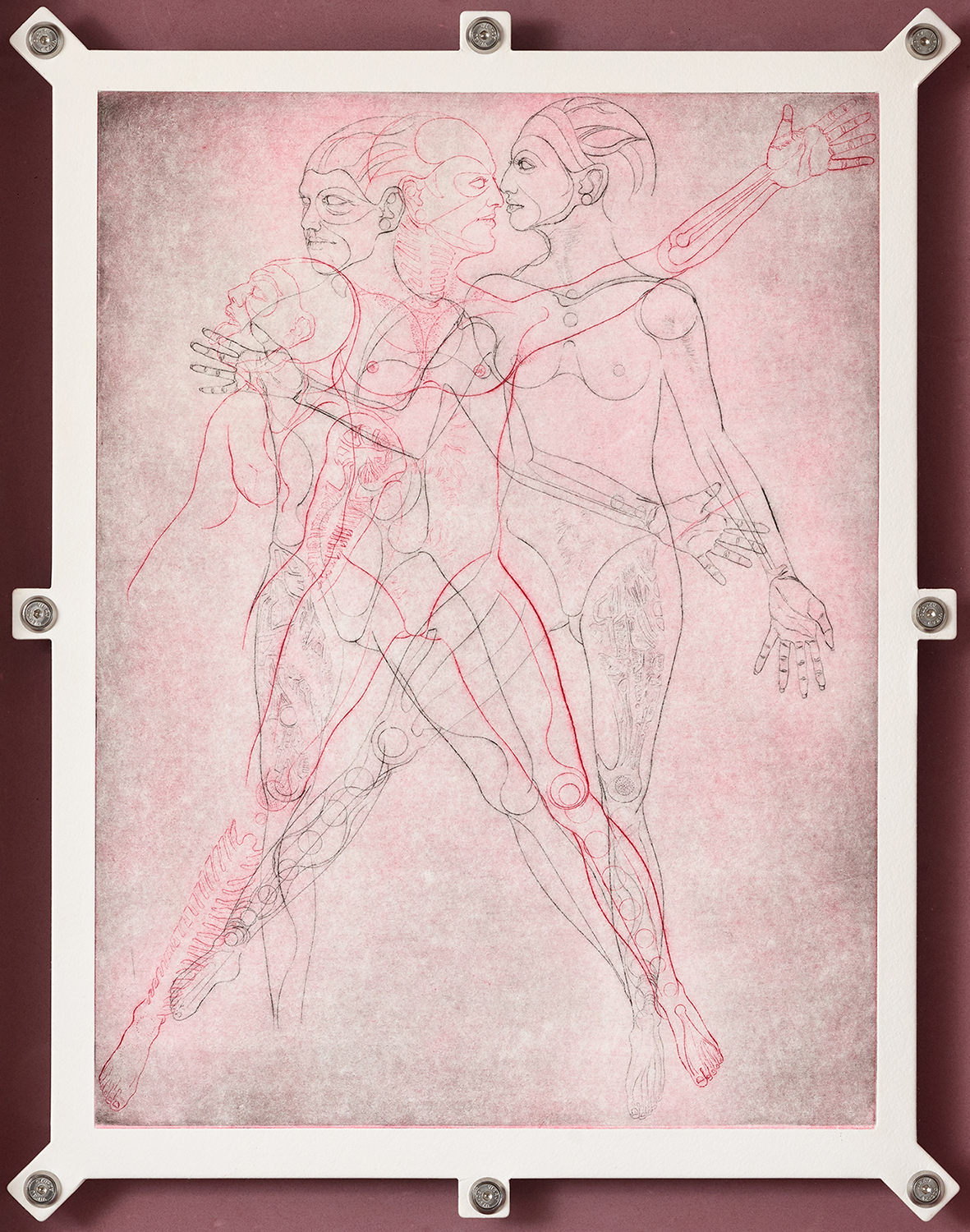
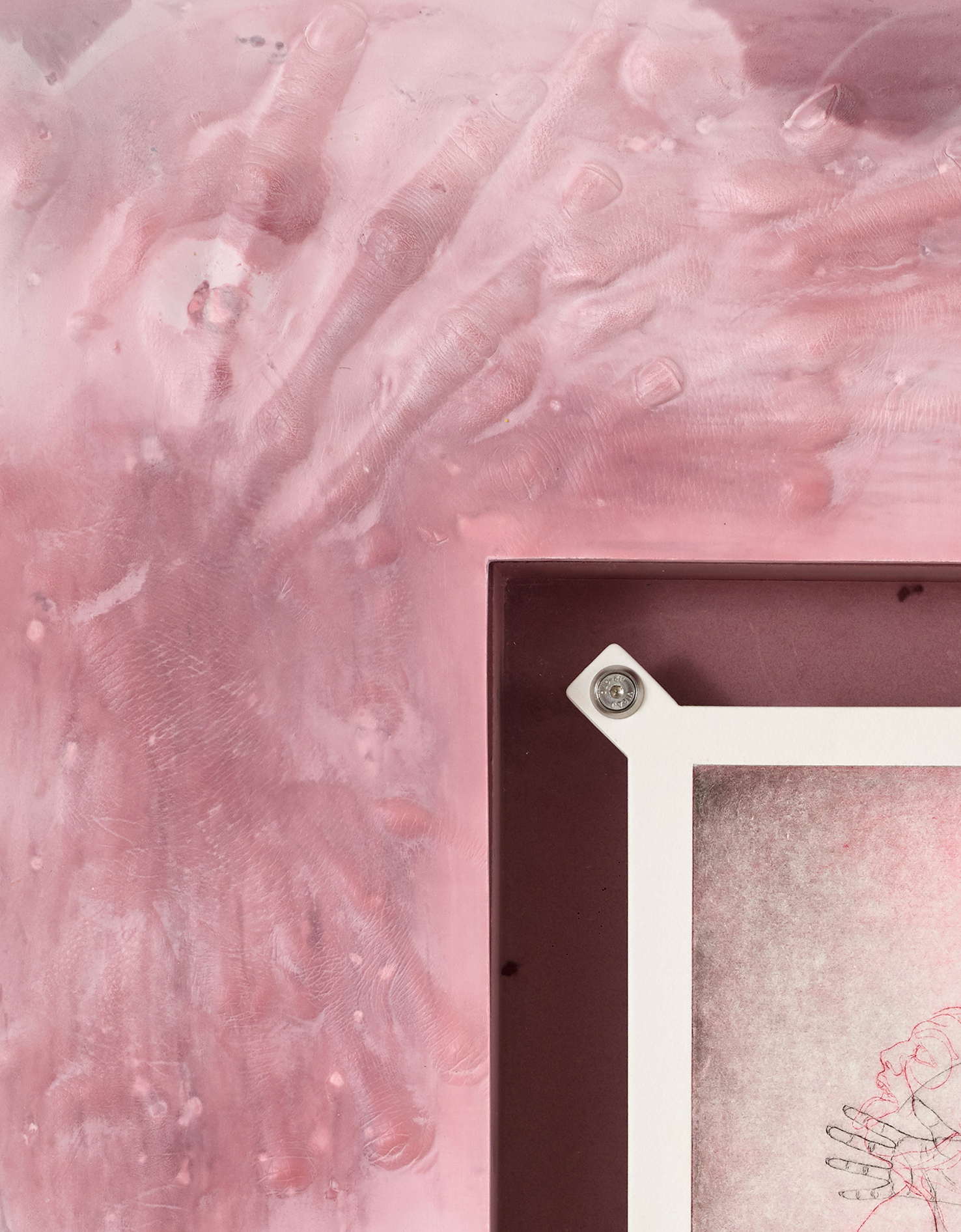




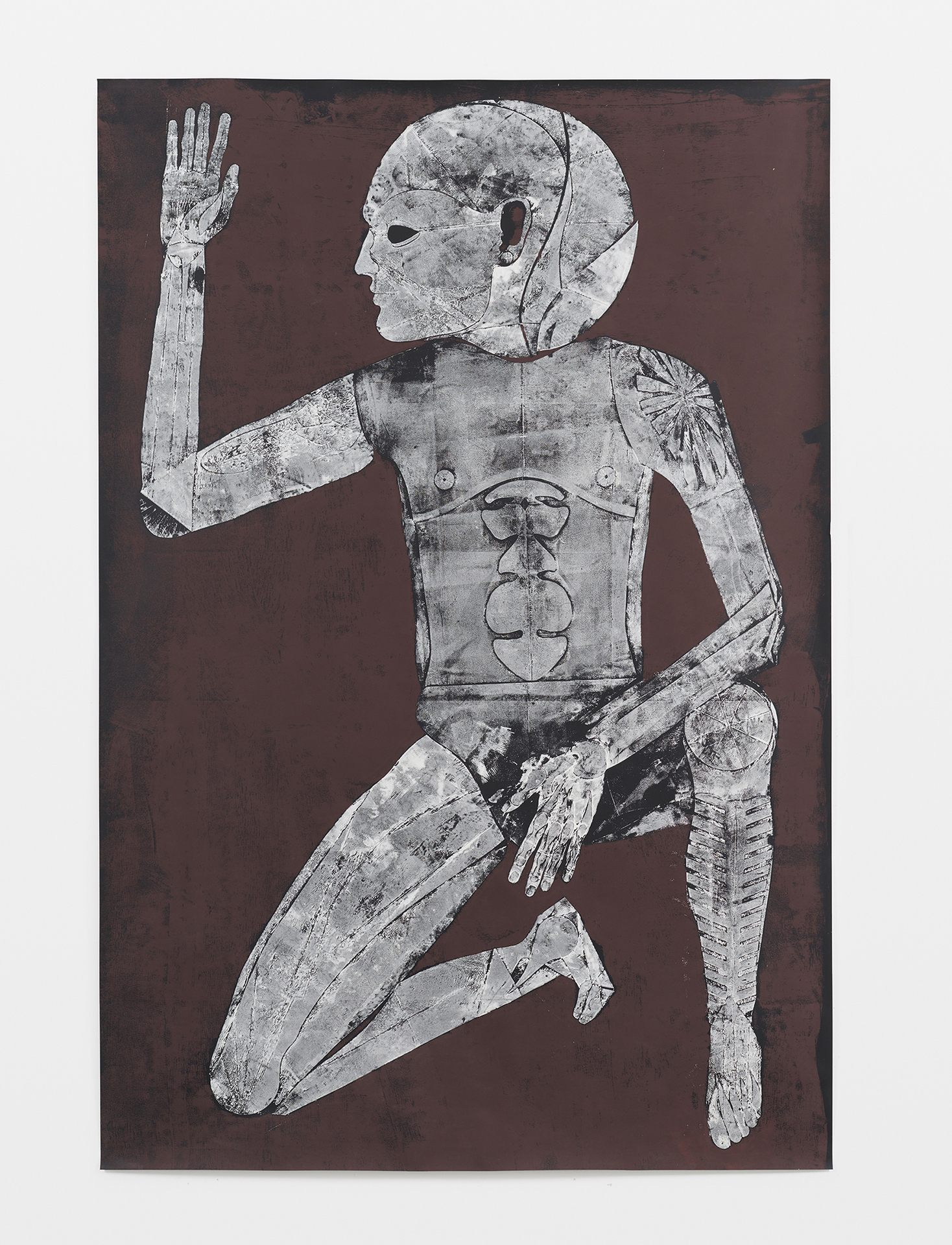

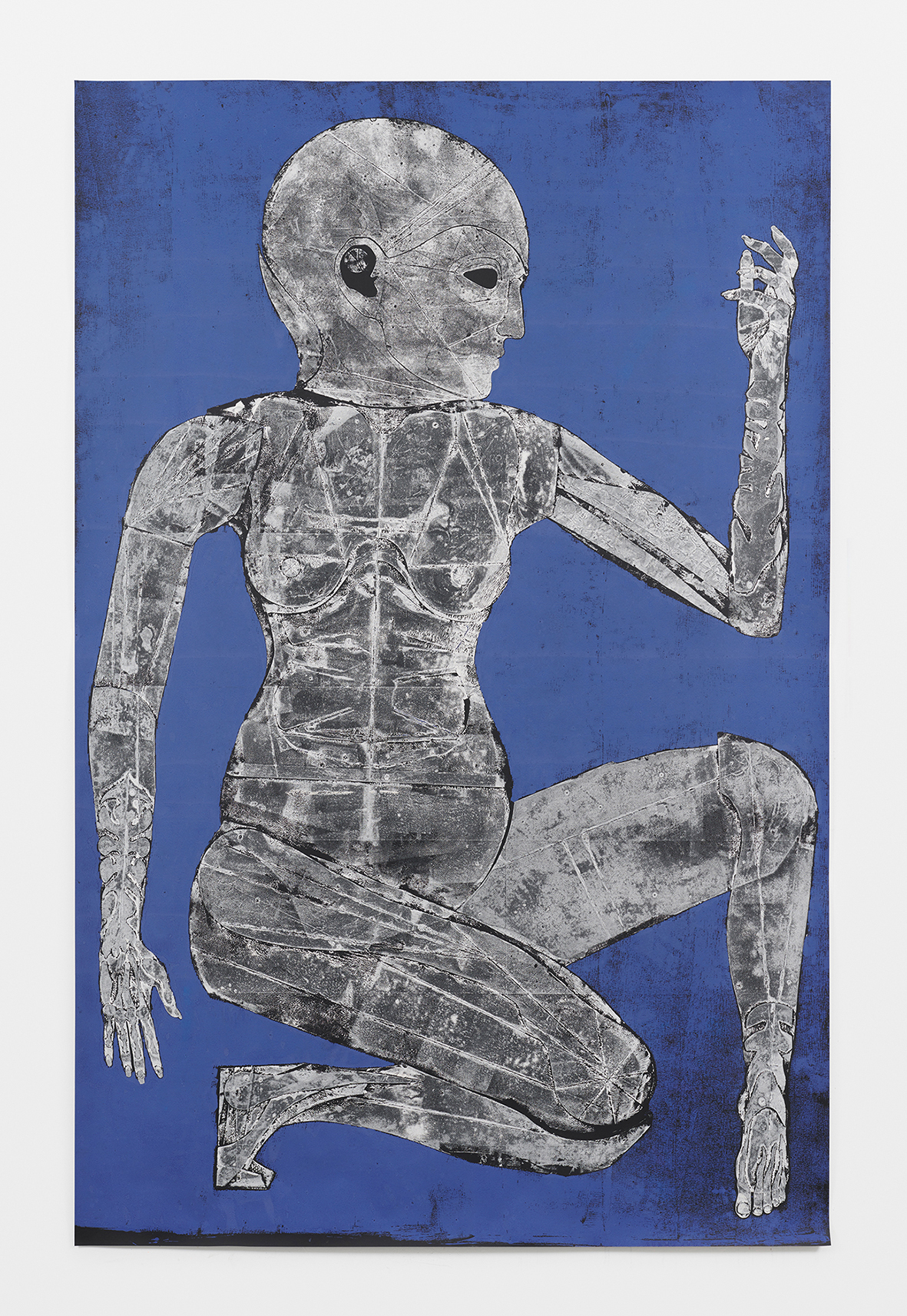
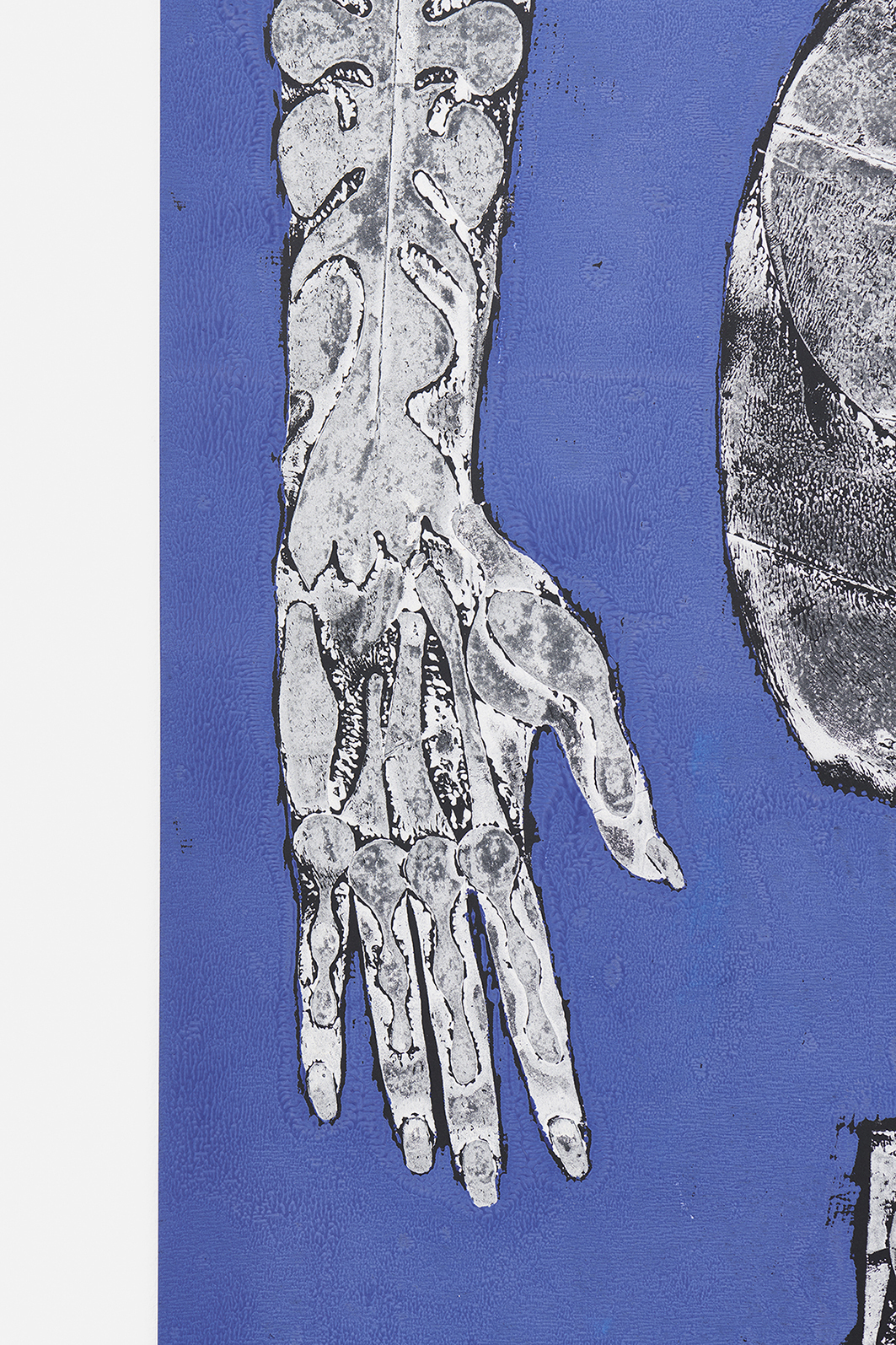
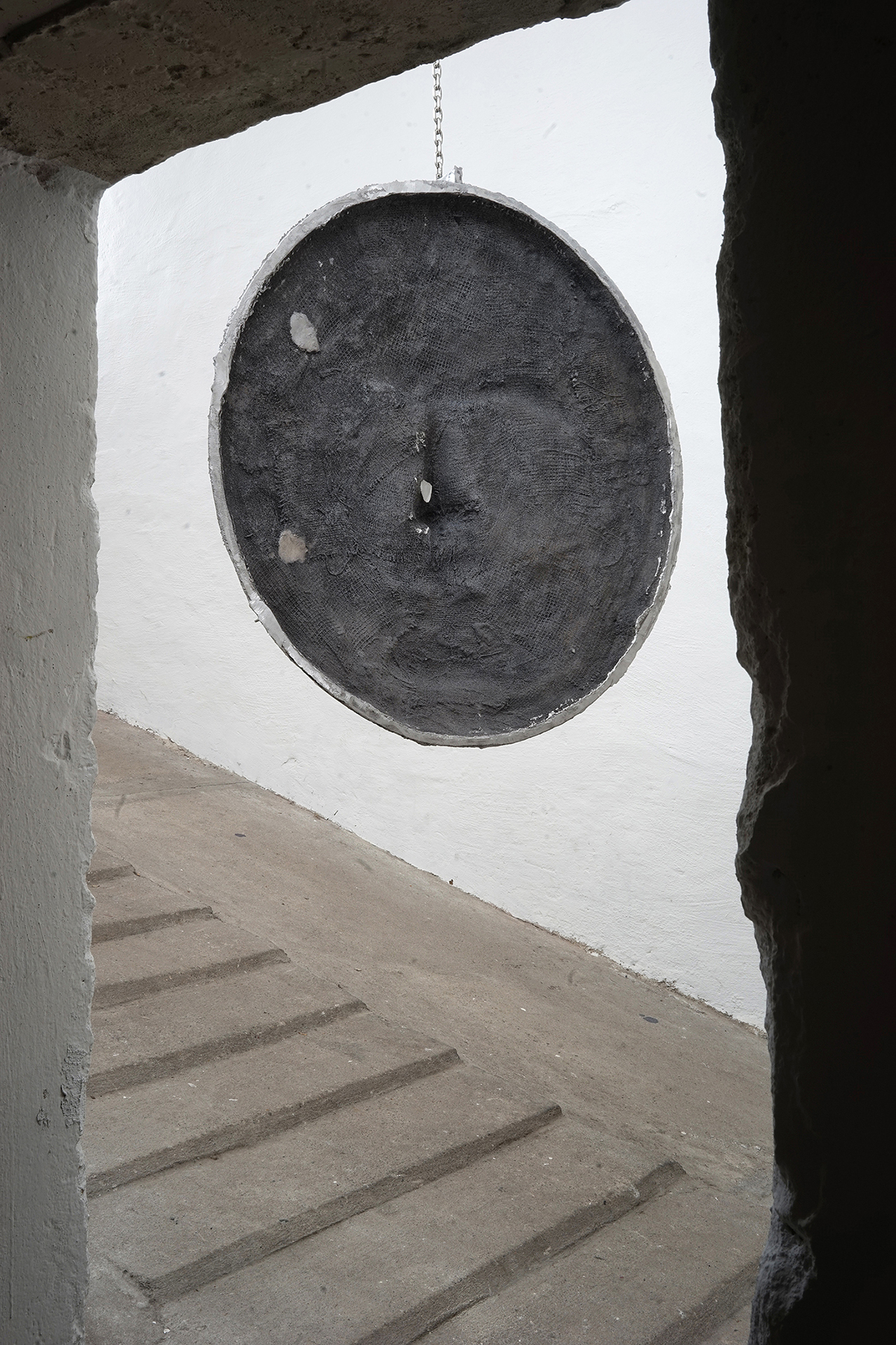
Location
BLOOMDate
19.05 –10.06.2022Curator
Ji-Sue ByunPhotography
Achim KukuliesSubheadline
Lukas Schmenger-Frenetic Youth, BLOOM, DüsseldorfText
“Each year go and paint in the same place; copy the same tree.”1
The symbolist Odilon Redon followed the advice of his fellow painter Jean-Baptiste Camille Corot who wrote in his diary in praise of the value of drawing and life study. The artist Lukas Schmenger would also certainly be convinced by this. Since graduating from the Kunstakademie Düsseldorf, Schmenger has focused on the transformation of the physical appearance of the human- and plant body.
BLOOM is pleased to present a solo exhibition of the Cologne-based artist Lukas Schmenger. The show compiles a selection of nine works that have developed beyond the genre definitions of sculpture, painting, graphic art and drawing. The exhibition debut of the series “Ohne Titel (Frenetic Youth)” (2022) showcases several characteristic features of his artwork.
Consisting of a drypoint etching and a sculptural frame, each work firmly connects the precisely cut-out sheets by means of a distinctive type of bolt joint. Each of the frames is uniquely created for the individual etchings with their colouring and their relief- like surface. We can identify a variety of content-oriented lines of connection between the motifs of the etchings and the reliefs of the frames.
In “Ohne Titel (Frenetic Youth)” the physiognomy of the human body is depicted by reduced lines and conveys the impression of an anonymous, even genderless human image. The inner elements of the body – bones and flesh – are arranged as openly visible. The figures are on a field of colour that is layered together, like in a sea of fog of thinly coated colours, in pink- and grey tones. The figures are not only surrounded by colours but saturated by them and appear transparent and ghostly.
Since René Descartes up to the present-day a philosophical debate has surrounded themes like the existence of the soul and the mind–body connection. In 19th-century photography, alongside medical X-ray photographs, we find numerous other attempts to copy the “immaterial” or “invisible” with the aid of a camera. A famous example of this is the ‘spirit’ photograph of the deceased son of Sir Arthur Conan Doyle, the inventor of the Sherlock Holmes detective stories. Doyle was a passionate advocate of spirit photography. Today, we know that these images were created using several tricks.
In contrast to these photographs, the ghostly figures of Lukas Schmenger suggest the moment of the encounter. Their body postures indicate different movement modes that “blend together” or evoke the impression of a “contact”. For example, we may think of dance choreographies or gestures with sexual connotations.
The idea of contact is also evident when we consider the frames: the high reliefs of their surface, at first glance, appear like casts of body parts. In fact, they were created by making casts of body traces that were pressed into clay. Immaterial, fleeting traces, “afterimages” of the movement of bodies, were transferred to the material by means of sculptural techniques and create modified, seemingly otherworldly physiognomies.
The fascination with the existence of the soul and the idea of the mind connects Lukas Schmenger’s works with the tradition of the symbolists.
“Next to uncertainty always put a certitude.”2
As per Corot’s advice to Redon, Lukas Schmenger experiments ceaselessly with the expressive potential of the soul and the transposition of its realm of ideas into the content material.
1 Redon, Odilon: Selbstgespräch-Tagebücher und Aufzeichnungen 1867–1915, Munich 1986, p. 31.
2 ib., p. 31.
Ji-Sue Byun